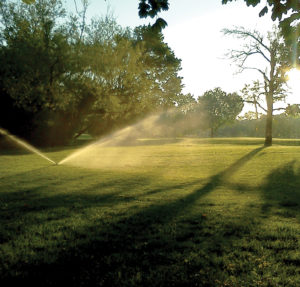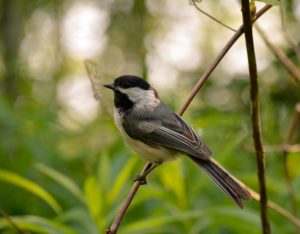Terrapin Watch
About Terrapin Watch
Terrapin Watch is a community science project that engages Long Islanders in an effort to monitor and record the distribution of diamondback terrapins in our region. Participants are simply asked to report any diamondback terrapin sightings through our data collection system. Reports can be submitted through the data form below or on a mobile device through the free Survey 1-2-3 app.
Please contact Arielle Santos at [email protected] or 631-581-6908 with any questions regarding the survey.
Accessing the Survey 1-2-3 Mobile Field App

- First, you must download the free Survey 123 mobile app on your mobile device
- Scan the QR code on the left using your phone’s camera. If you are currently on your mobile device, click here to download the Terrapin Watch survey and proceed with steps 4 & 5
- After scanning the QR code, click the top banner notification to open ArcGIS
- Choose “Open in the Survey 123 field app”, and “Open this page in Survey 123”
- Choose “Continue without signing in”
Please Note: Clickable data points (shown in red) do not reflect confirmed sightings of wildlife. Each red dot indicates a survey submission.
Related Information

Water Reuse Copy
Long Island is facing a water crisis, with regard to both the fresh drinking water aquifers that sustain our daily lives and the salty coastal waters that enrich them. This crisis is reflected by what has been a steady, many decades-long deterioration in water quality, from excess nitrogen fueled by human sewage, to toxic plumes and spills, all while we “mine” our water supply by taking out more water than is being replenished.

LI Natural History Conference
The 2024 LINHC will be held on Friday, April 12 from 9 am to 4 pm and on Saturday, April 12 from 9 am to 4 pm at Brookhaven National Lab located in Upton, NY. Public registrations opens on February 6th

Protecting Birds
In September 2019, in a widely reported article appearing in Science magazine, researchers documented a significant decline in the overall abundance of birds in North America. Studies showed a 29% reduction birds since 1970, totaling approximately 3 billion birds. Some bird groups – such as grassland birds – have declined even more precipitously, dropping by more than half.
